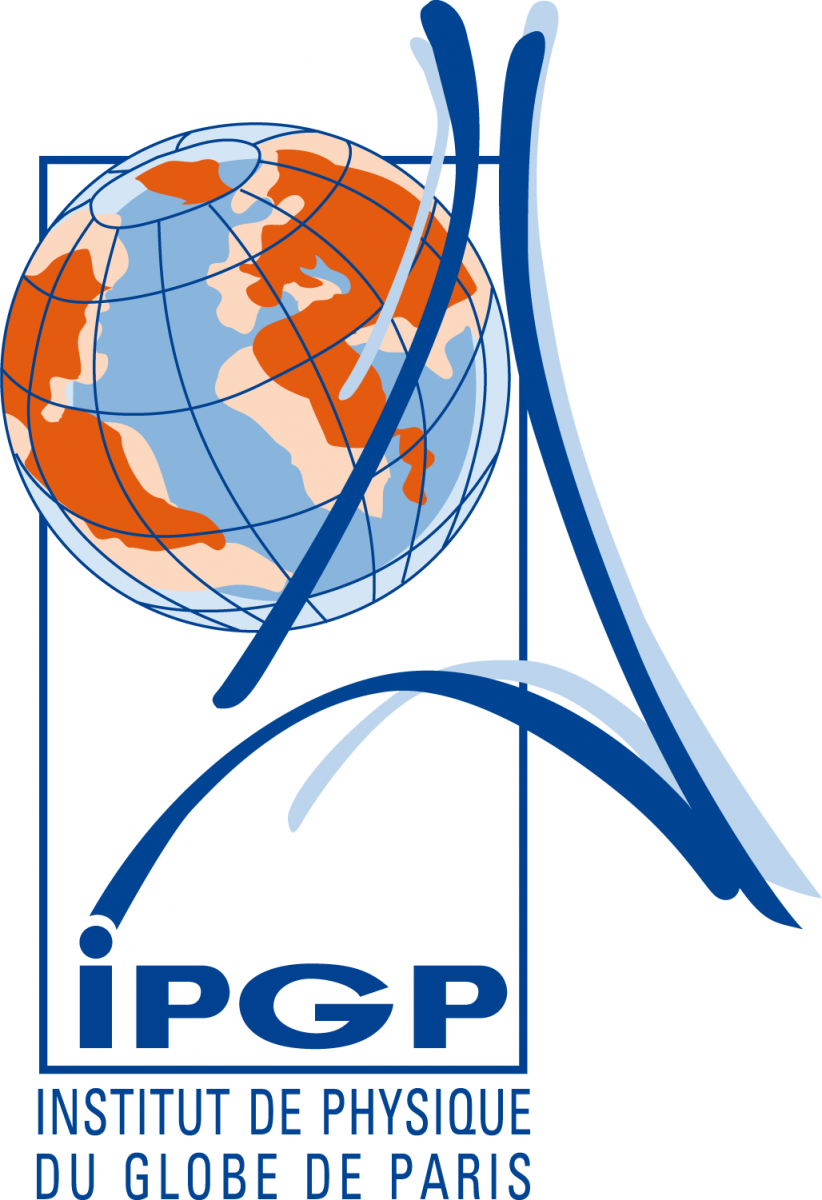Speakers
Wolfgang Bach
Geochemical diversity of hydrothermal systems: Thermodynamic constraints on biology
Nicole Dubilier
Chemosymbiosis: animal – microbe – environment interactions
Katrina J. Edwards
Minerals, Plumes, and Microbial Interactions
Chris German
Large scale export of vent derived chemical tracers
Nadine Le Bris
Vent fauna habitats: chemical and biological controls
George W. Luther, III
Insights on habitat chemistry from in situ voltammetry
Lauren S. Mullineaux
Abiotic and biotic influences on colonization processes
Florence Pradillon
Strategies of adaptation to an extreme environment: the case of Alvinella pompejana
Daniel Prieur
Do all biogeochemical cycles work at elevated temperatures that exist at deep-sea hydrothermal vents?
Timothy M. Shank
Succession: ecological processes structuring vent communities over time
Stefan Sievert
Who is driving the system? Microbial sulfur metabolism and autotrophic carbon-fixation at vents
Ken Takai
Diversity of chemolithoautotrophs associated with hot hydrothermal fluid chemistry
Margaret Tivey
Geochemical modeling of vent fluid-seawater interactions
Karen Von Damm
Composition and variability of hydrothermal fluid sources
Posters
Karen Bemis
Implications of lazy plumes for entrainment of vent larvae into seafloor hydrothermal vents
**Sarah Bennett - Flash Communication**
Deep-sea hydrothermal plumes: an important source of stabilised dissolved iron to the oceans
Raul Bettencourt
Out of the deep-sea to a land-based aquarium setting: investigating acclimatization processes in the hydrothermal vent mussel Bathymodiolus azoricus
Cedric Boulart
Development of a new in-situ methane sensor for deep-sea studies
Catherine Boyen
Marine genomics at the European and international levels: achievements and future directions
**Clara Chan - Flash Communication**
Organic-mineral stalk formation by the marine iron-oxidizing bacterium Mariprofundus ferrooxydans
Katharine Coykendall
Investigation of gene flow and migration across the global range of Riftia pachyptila using six molecular markers
**Melitza Crespo-Medina - Flash Communication**
Isolation and partial characterization of aerobic chemosynthetic thiosulfate oxidizing bacteria from diffuse flow hydrothermal vents from the East Pacific Rise
Ramaydalis Cruz
Diversity of alkane oxidizing bacteria and alkane hydroxylase genes in deep-sea hydrothermal vents
**Gregory Dick - Flash Communication**
Microbial Biogeochemistry of the Guaymas Basin Hydrothermal Plume
Abigail Fusaro
Development and application of microsatellite markers for spatiotemporal population genetic analysis of Riftia pachyptila
Stéphane Hourdez
Adaptations to chronic hypoxia in deep-sea hydrothermal vents invertebrates
Michael Hügler
Beyond the Calvin cycle: Alternative pathways for autotrophic CO2 fixation at deep-sea hydrothermal vents
Shingo Kato
Microbial community in the subseafloor around the hydrothermal system at the southern Mariana trough
François H. Lallier **Susan Lang - Flash Communication** Marvin Lilley Minhui Lin **Shufen Ma - Flash Communication** Jill McDermott Maria Meana-Prado Katherine M. Mullaugh Heather Nees Takuro Nunoura Don Nuzzio Ileana Pérez **Jillian Petersen - Flash Communication** Elizabeth Podowski Joana Projecto-Garcia Kyle Reynolds Céline Rommevaux-Jestin Caroline Schmidt Gabriela Vega Masahiro Yamamoto Kyoko Yamaoka Weidong Zhao Huaiyang Zhou
Tissue-specific expression of different carbonic anhydrases in the chemoautotrophic symbiosis Riftia pachyptila
Organic Geochemistry of Lost City Hydrothermal Fluids
Chloride Variability Measured in High Temperature Hydrothermal Fluids with an in situ Sensor
Dominance of One Archaeal Phylotype at a Newly Activated Juan de Fuca Hydrothermal Vent Site
Using Voltammetric Au/Hg Microelectrodes for the In Situ Characterization of Habitat Chemistry at the East Lau Spreading Center
Evidence for possible re-dissolution of subsurface deposits in hydrothermal fluids from 9°50’N EPR
Evaluating the Potential Influence of Magmatic Degassing on Magma Ascent Models: 9°46’-9°52’N East Pacific Rise
In Situ Detection of Thiosulfate at the East Lau Spreading Center: a Possible Product of Sulfide Detoxification
Preliminary Chemical Data Analysis at 9°North East Pacific Rise, Pre- & Post-Eruption 2004-2007
Microbial diversity of hydrothermal environments in the Yonguni Knoll IV: comparison between in situ temperature, geochemistry and microbial diversity in hydrothermal fluids and sediments
AIS Micro Observatory ™ DLK-I, A New Instrument For Understanding the Physiochemical Environment
Physiology and ecology of anaerobic chemosynthetic, nitrate-reducing bacteria in the deep-sea hydrothermal vents
Hydrogen is an energy source for endosymbiotic bacteria of hydrothermal vent mussels
Site-specific variation of biological communities along the Eastern Lau Spreading Center (ELSC)
Evolution of respiratory adaptations in hydrothermal vent scale worms(Polynoidae)
Reproduction in hydrothermal vent molluscs from Lau Basin
In situ geomicrobiological experiment at MoMAR site: chemical and structural imaging of microbial/mineral interactions
Geochemical energy sources for microbial primary production in the environment of hydrothermal vent shrimps
Health and reproductive ecology of Bathymodiolus brevior from hydrothermal vent communities of the Lau Basin
Enzymatic Characterization of Thiosulfate Oxidation in Epsilon-Proteobacteria Isolated from Deep-Sea Hydrothermal Field
Thermal stabilities of amino acids in siliceous ooze under alkaline hydrothermal conditions
Distribution of ammonia-oxidizing archaea in Kamchatka hot springs
Biomineralization of Iron and Silica in Edmond Hydrothermal Chimney, India Ocean




